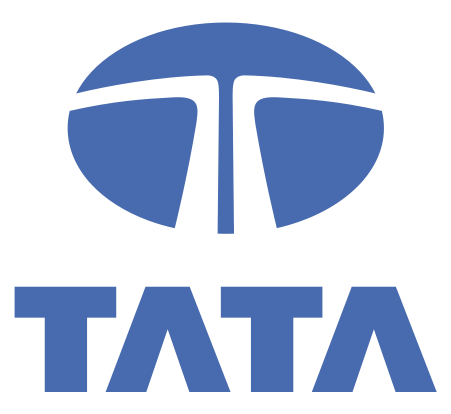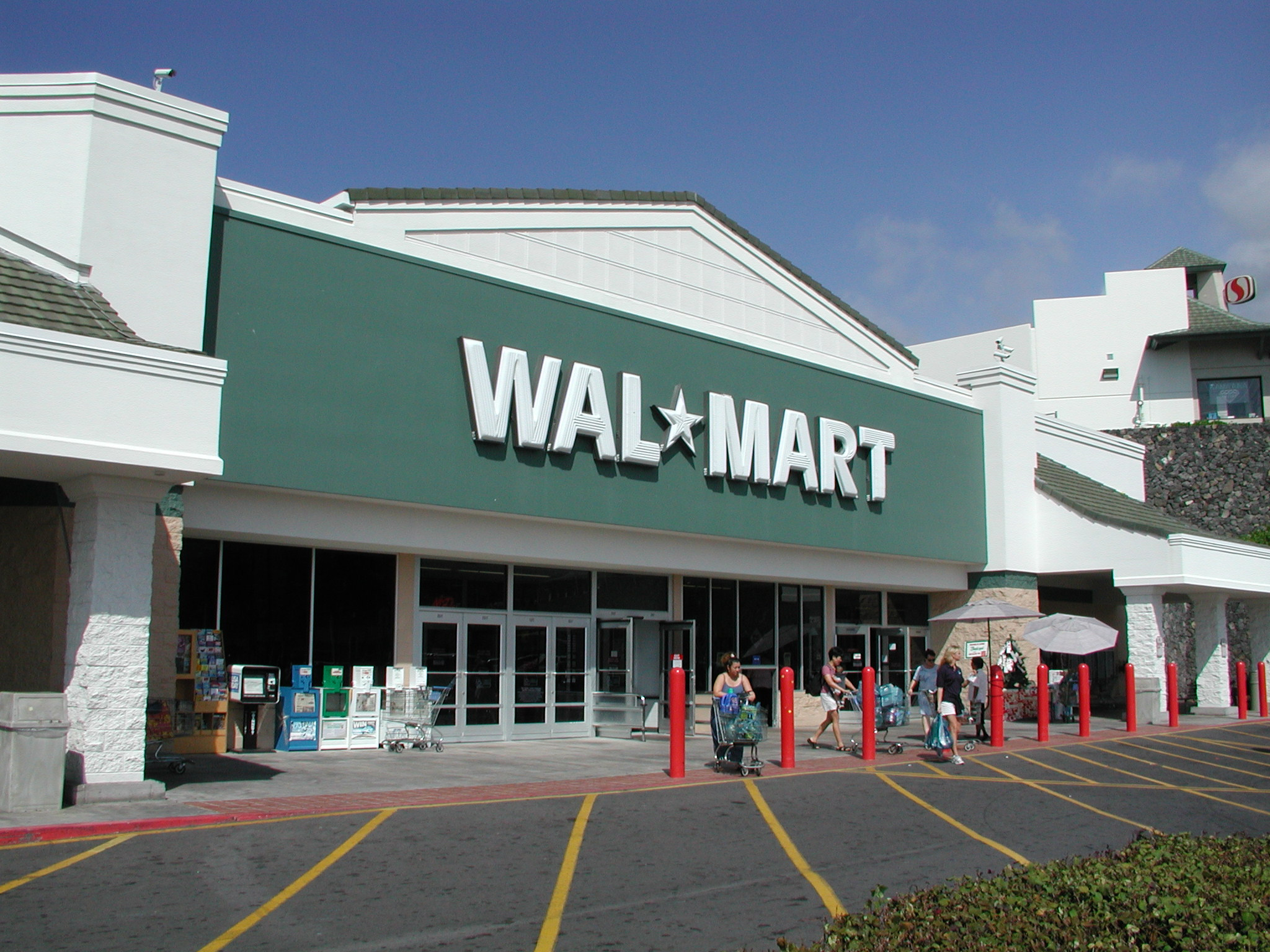(This is a spoof and a work of fiction. Any resemblance to actual persons, living or dead, or places or actual events is purely coincidental)
Office of a digital publication
“Oh Shit!,” yelled the young intern, who had been asked to keep a tab on what was happening in the world at large.
“What happened?” asked the senior desk hand sitting next to him.
“Tata has fired Mistry,” said the intern, in an excited state.
“What?” screamed the editor from across the bay.
“Yes,” said the senior desk hand who had checked out the news by then.
“Okay. Shouted the editor. Let’s get working on this.”
“Yes Sir!” said the intern.
“I want you guys to start working on Five Reasons Why Tata Said Bye Bye to Mistry.”
“But Sir so soon?” asked a confused intern.
“Yes goddamit. We are a website and not the Economic & Political Weekly, which can take six years to figure out what really happened. If you hadn’t been asking questions you would have already figured out two and a half reasons by now.”
“Sir, five reasons won’t work,” screamed the senior desk hand.
“Oh, but why?”
“While we were talking, another website has already come with Five Reasons Why Tata Said Bye Bye to Mistry.”
“Oh, then let’s use six.”
“Sir, the numbers six to 77 have already been taken.”
“What?”
“Yes Sir.”
“Let’s do 78 then.”
“78?” asked the intern again. “How do we come with 78 Reasons Why Tata Said Bye Bye to Mistry?”
“Oh that’s simple,” said the senior desk hand. “We just ask a question on Facebook and Twitter to the people.”
“What question?” asked the bewildered intern again.
“We ask the readers why do you think Tata fired Mistry,” said the senior desk hand patiently. “Take those reasons and turn them into 78 Reasons Why Tata Said Bye Bye to Mistry.”
“But how will the readers know, if we don’t know?” asked the intern, rather innocently.
“Well. The readers don’t know. But every reader on the social media thinks that he knows. So, we just cash in on that.”
“Ah. Like that,” said the intern, finally figuring out what was happening.
By now, the editor had totally lost patience. “Let’s get cracking. This is a part of our strategy of building direct reader connect. If readers generate their own content they feel more connected with it. We also don’t need to spend money on generating content.”
All this left the intern wondering: “Does the nation really want to know?”
Meanwhile in a business TV studio.
“I want you guys to get cracking on this,” shouted Maureen.
“Yes Mam,” came the reply from the young reporters.
Two minutes later Maureen was on air, explaining the development to the audience which was watching the news on mute.
“Why do you think Tata fired Mistry?” she asked the reporter.
“Sources close to sources said that the sources have no idea behind the mystery of the mysterious sacking of Mr Mistry…” the reporter explained, speaking at breakneck speed.
“Ah. Thank you for giving us that exclusive breaking news. Remember you heard it here first,” said Maureen. “And now it’s time to take a break.”
“Good show girl,” Maureen told the reporter. “I love it when you speak so confidently. After all that is what TV is all about.”
Meanwhile at a Hindi news channel.
“So what angle do we take?” the editor asked the reporter.
“Sir, aap jo bole wo angle le lenge (Sir, whatever angle you ask we will take),” the reporter replied.
The reporter up until two minutes back had been covering politics and suddenly he was now being asked to turn himself into a business journalist.
“Hmmm…Let’s take the Mulayam angle,” the editor suggested.
“Mulayam?” asked the reporter, totally stumped.
“Yes. Arre, Mulayam could have fired Akhilesh but he hasn’t. He has managed to postpone the problem for another day,” explained the editor. “Also, there is a family angle. Ratan’s brother is married to Mistry’s sister. So, we can compare it to Mulayam. To chal jaega (It will do).”
“Yes Sir. Yes Sir,” agreed the reporter, thanking the Gods. At least, he would be able to speak something on this.
Meanwhile at one of India’s leading pink papers…
“What have we got?” asked the editor leaning back on his chair and trying to blow imaginary smoke rings into the air. This was something he used to love to do all day in his office for real, until the no smoking policy became the order of the day. Now he could only smoke in the office loo.
“Six Reasons Why Tata Said Bye Bye to Mistry,” explained the corporate editor.
“Ah. You wrote it so fast Mr Matthew,” said the editor.
“Yes. Mr Chakraborty.”
“But that will be published on the web. What do we do for tomorrow morning?”
“Yes Sir!” explained the corporate editor, who had already put in all the spin he could think of into the Six Reasons piece.
“Let’s do something conceptual.”
“As in?”
“Sabka badla lega tera faijal,” explained the editor, leaving everyone totally flummoxed for a moment. For a Bong he did watch a lot of Hindi cinema.
“As in?” the corporate editor asked again.
“Let’s call it Gangs of Bombay House. You know a play on Gangs of Wasseypur, with the Tata camp taking on the Mistry camp.”
“Wonderful idea Sir. Should take care of tomorrow’s page and hopefully by tomorrow we should be able to figure out what really happened.”
“Ah. Tomorrow we need to come with more reasons behind what really happened. Day after, a few more. We need to keep coming up with reasons behind what really happened. It doesn’t matter what really happened because nobody knows what really happened,” said the editor, as he made his way towards the loo, having gotten done with his share of philosophy for the day.
“What is the truth?” asked the corporate editor, imagining, he had an audience around him. “No one really knows. Everyone has their own version.”
And then he wondered “Where had he heard that before?” “Or I am getting better and better at writing fiction?”
The article originally appeared in Vivek Kaul’s Diary on October 25, 2016



